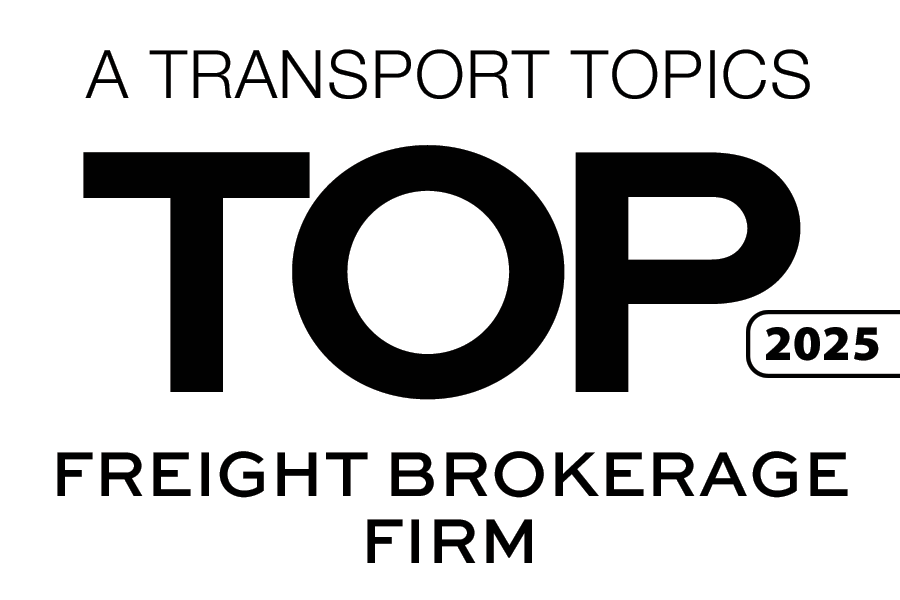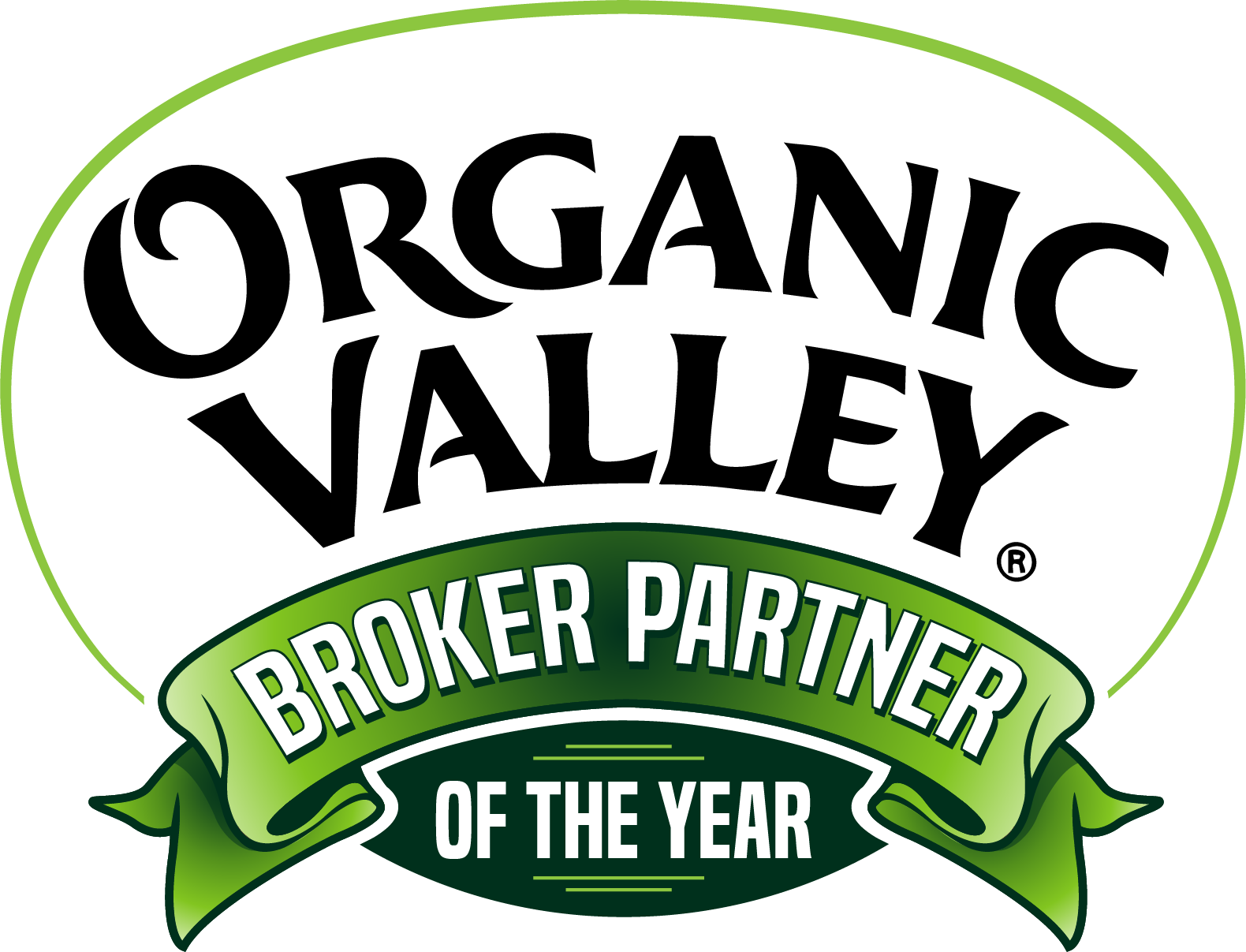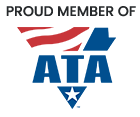Sustainability Challenges in Freight Transportation: The Road to Zero Emissions
August 27, 2024
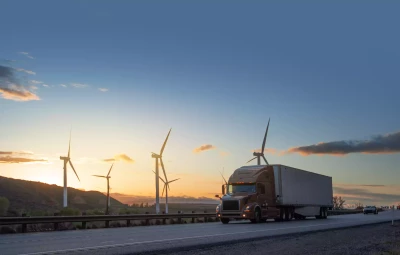 The freight industry is at a crossroads, with sustainability and efficiency becoming top concerns for shippers, carriers, and brokers alike. In a recent episode of the Stay in Your Lane Podcast recorded live at the 2024 Food Shippers of America Conference, MIT Senior Research Scientist Chris Caplice highlighted the impact of these issues on the industry, particularly in relation to sustainability goals, emission tracking, and the evolving dynamics of freight transportation.
The freight industry is at a crossroads, with sustainability and efficiency becoming top concerns for shippers, carriers, and brokers alike. In a recent episode of the Stay in Your Lane Podcast recorded live at the 2024 Food Shippers of America Conference, MIT Senior Research Scientist Chris Caplice highlighted the impact of these issues on the industry, particularly in relation to sustainability goals, emission tracking, and the evolving dynamics of freight transportation.
Sustainability is no longer just a buzzword but a strategic priority for many companies, especially those who have adopted a mandate to achieve zero emissions by 2050. These long-term goals are often accompanied by more immediate targets for 2030, pushing companies to adopt sustainable practices sooner rather than later. However, the path to achieving these goals is fraught with challenges, particularly when it comes to tracking and reducing emissions across the supply chain.
One of the keys to this shift toward sustainability is understanding the management of different types of emissions, categorized as Scope 1, 2, and 3. Scope 1 emissions are those directly controlled by the company, such as emissions from their own manufacturing plants or private fleets. Scope 2 emissions come from the energy used to power those operations, such as electricity. These are relatively straightforward to manage and measure.
The real challenge lies in Scope 3 emissions, which encompass the indirect emissions that occur across the supply chain. For shippers, Scope 3 emissions include the emissions of their carriers, making it difficult to track and measure. The lack of transparency regarding the specific trucks, routes, and fuel efficiency used for shipments makes it nearly impossible to accurately calculate Scope 3 emissions.
What challenges do carriers face in providing detailed emissions data? How does routing impact fuel efficiency and emissions? Find answers to these questions and more in the latest episode of the Stay In Your Lane Podcast.
“If I’m a shipper using a broker who uses a carrier, my Scope 3 is the broker’s Scope 3, which is that carrier’s Scope 1,” explains Caplice. “So, it’s very hard as you get further down to know what the emissions are.”
Data plays a critical role in addressing these challenges. While there are ongoing academic efforts to improve emission tracking, the industry still faces significant hurdles. For example, while databases exist that estimate emissions based on truck models and fuel efficiency, these estimates can vary widely depending on factors such as topography and driving conditions.
The issue is further complicated by the fact that carriers are often reluctant to share detailed information about their fuel efficiency, as it can vary from vehicle to vehicle, driver to driver, and lane to lane. This lack of data transparency hinders efforts to create accurate emission profiles and makes it difficult for shippers to meet their sustainability goals.
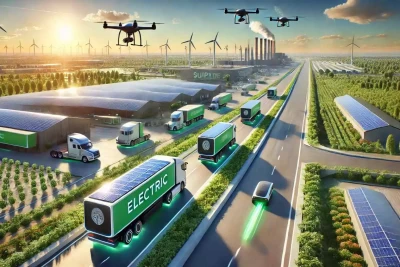 Routing decisions also play a significant role in sustainability efforts. While the shortest route may seem like the most efficient in terms of distance, it may not be the most fuel-efficient or environmentally friendly option. For example, a route through the Rocky Mountains may result in higher fuel consumption and more wear and tear on vehicles, ultimately increasing total emissions.
Routing decisions also play a significant role in sustainability efforts. While the shortest route may seem like the most efficient in terms of distance, it may not be the most fuel-efficient or environmentally friendly option. For example, a route through the Rocky Mountains may result in higher fuel consumption and more wear and tear on vehicles, ultimately increasing total emissions.
“Topography changes fuel usage,” says Caplice. “If you save it in fuel but you beat it up and wear and tear on the truck and trailer, then you’re hurting the carbon footprint.”
Carriers often choose routes that optimize fuel efficiency and minimize damage to freight, even if it means taking a longer path. This decision-making process is influenced by various factors, including road conditions, weather, and the type of freight being transported. However, these routing decisions can also complicate the calculation of emissions, as the actual path taken may differ significantly from the planned route.
The discussions around sustainability in transport underscore the need for greater collaboration and innovation in the freight industry. To meet sustainability goals, shippers, carriers, and brokers must work together to improve data transparency, develop better emission tracking methods, and make informed decisions about routing and fuel efficiency.
As the industry continues to grapple with these challenges, it’s clear that the road to sustainability will require both technological advancements and a willingness to adapt to new ways of thinking. By embracing these changes, the freight industry can move closer to achieving its sustainability targets while maintaining the efficiency and reliability that shippers demand.
Triple T Transport is committed to helping our partners navigate the complex challenges of sustainability. As a leading third-party logistics provider, we leverage our expertise and advanced technologies to offer tailored solutions that address the demands of Scope 3 emissions, fuel efficiency, and optimized routing. By partnering with Triple T, shippers can achieve their sustainability goals while ensuring reliable, efficient, and cost-effective transportation services.










